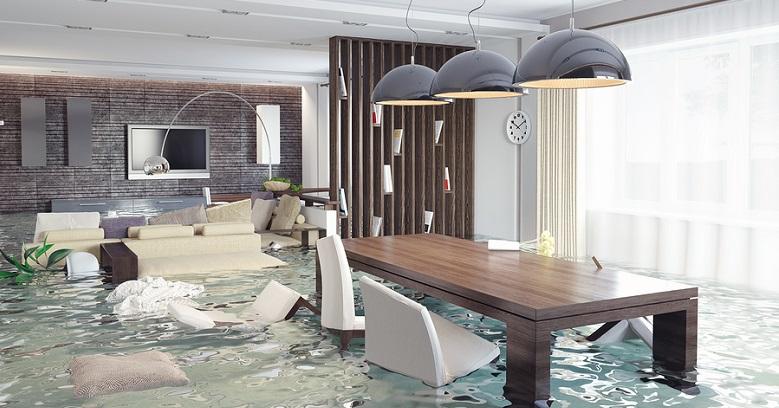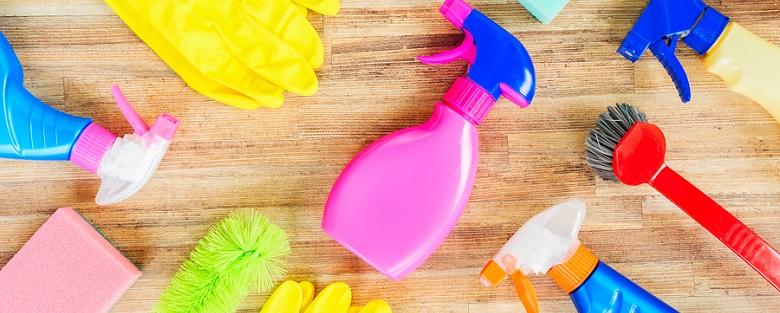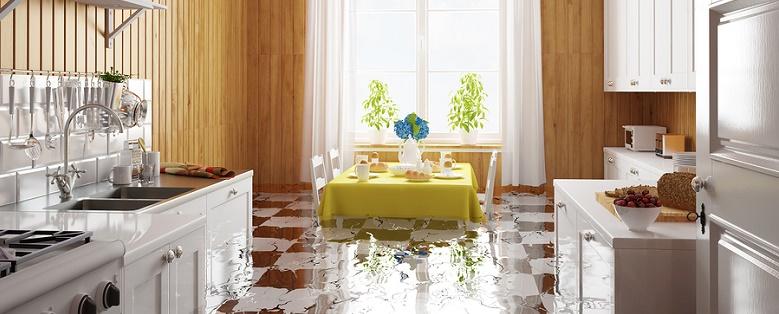
A key concern with homes that have suffered flood damage is dealing with resulting mold. There are various types of mold that can grow in your home after waters recede, all of which can be dangerous to your health. Efflorescence is not a dangerous type of mold; however, it does indicate other problems.
Learn to differentiate between efflorescence and white mold the way a professional flood damage restoration company does so you can take the appropriate steps in your home’s flood damage repair.
What Is Efflorescence?
Efflorescence is a powdery white substance sometimes seen in homes that have sustained flood damage after everything begins to dry. Many people believe it is white mold, which it is not. Efflorescence is actually salt in the water left behind as a white deposit on concrete, brick, stone, and similar surfaces once materials dry out.
It is commonly seen during flood damage repair in corners and on the floors as dry white streaks on walls or even frosty looking collections of white material sticking to surfaces.
Difference Between Efflorescence and White Mold
White mold is a living microorganism that grows on damp surfaces where it can survive, whereas efflorescence comes from water deposits left behind on dried-out surfaces. Even though vastly different, they both look quite similar to the untrained eye.
To tell them apart, a flood damage restoration company compares the surfaces on which these substances appear. Efflorescence only collects on masonry or stone surfaces, while mold typically grows on all surfaces but these. To be sure that you are seeing efflorescence on masonry, simply spray the white substance with a bit of water. If it dissolves, it is efflorescence; it is does not, it could be white mold.
What Should You Do About Efflorescence or White Mold?
Because efflorescence and white mold after flood damage are handled in two completely different ways, it is important to differentiate between them:
- Efflorescence - Efflorescence appears after water drains away and masonry drys. Wipe up the substance or sweep it off to see what happens. In a flood situation that has concluded, initial removal should handle it. Efflorescence that returns indicates there is a still a water problem causing more salt deposits to dry and build up. You should call a flood damage repair specialist to inspect the wall or surface exhibiting the problem to determine the source of the water.
- White Mold - White mold appears on surfaces that have been dampened by flood waters and are still wet. Even though they may feel dry to the touch, even a slight bit of moisture present can allow mold to grow. As any flood damage restoration company can tell you, the problem with mold is that wiping it away or cleaning the surface with bleach does not kill mold spores. They will simply regrow after cleaning unless the area is effectively treated with the right preparations and moisture problems are remedied to prevent regrowth.
The cleanup required after flood damage occurs can be substantial. If you see any white residue in your home while working on flood damage repair, it is important to identify what it is and why it is there. Whether dealing with efflorescence or white mold, discuss the situation with an experienced flood damage restoration company so proper home repair or mold treatment can be arranged!

